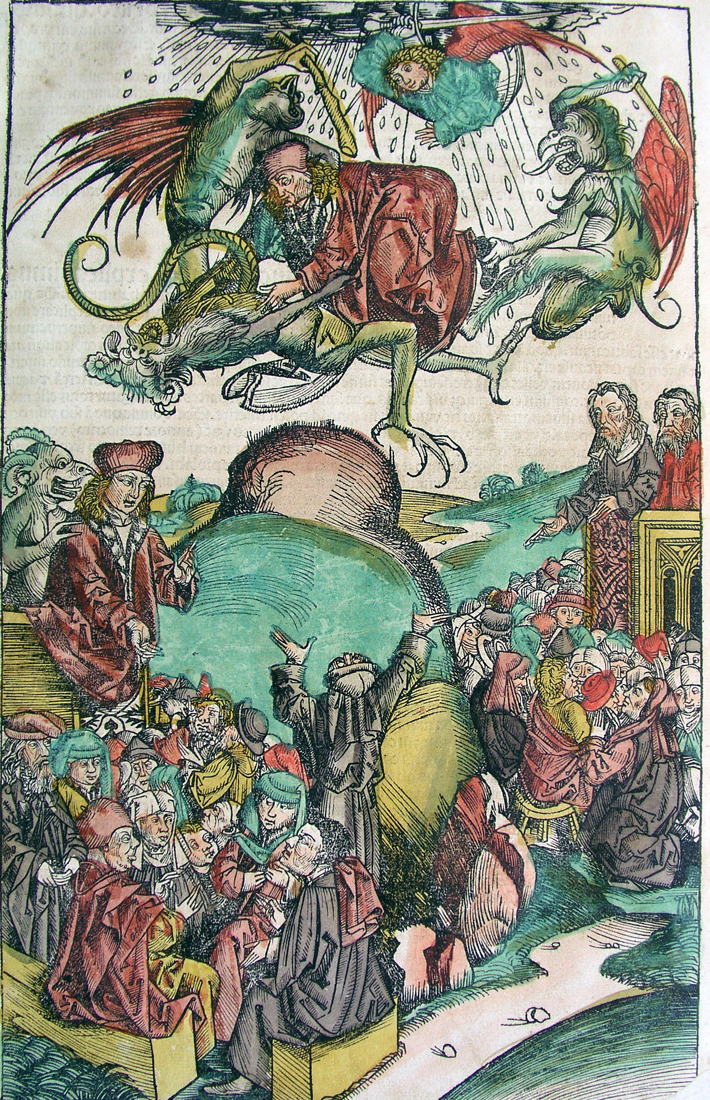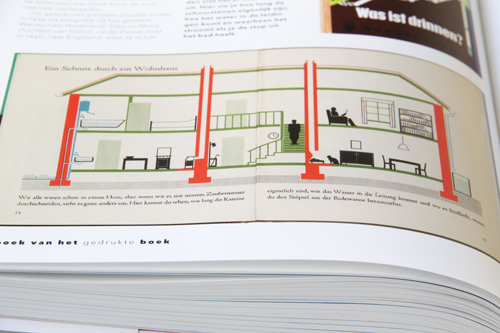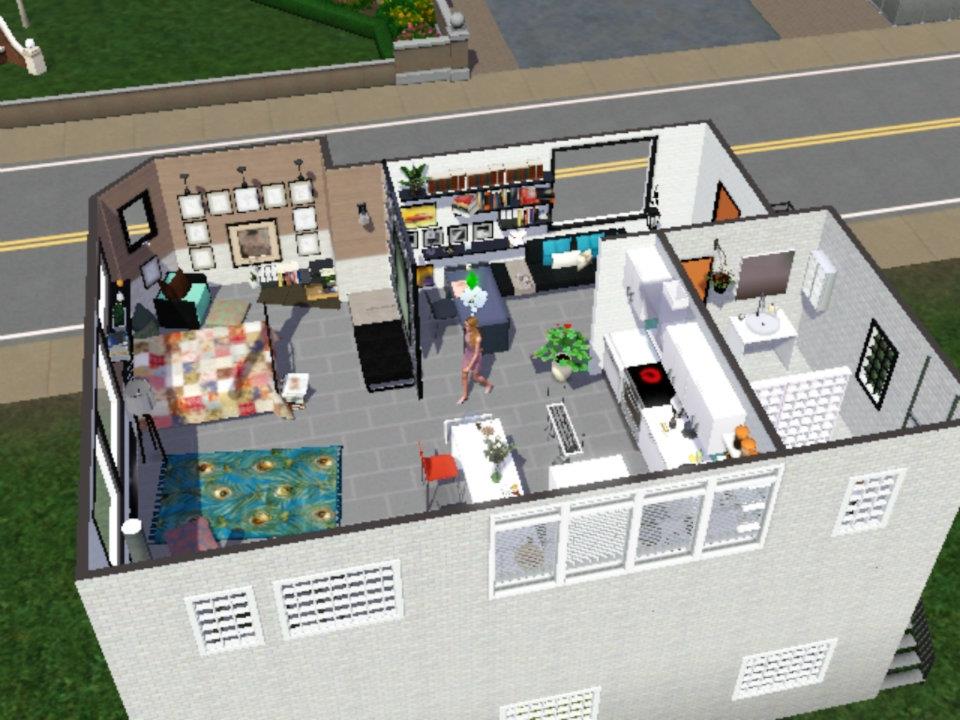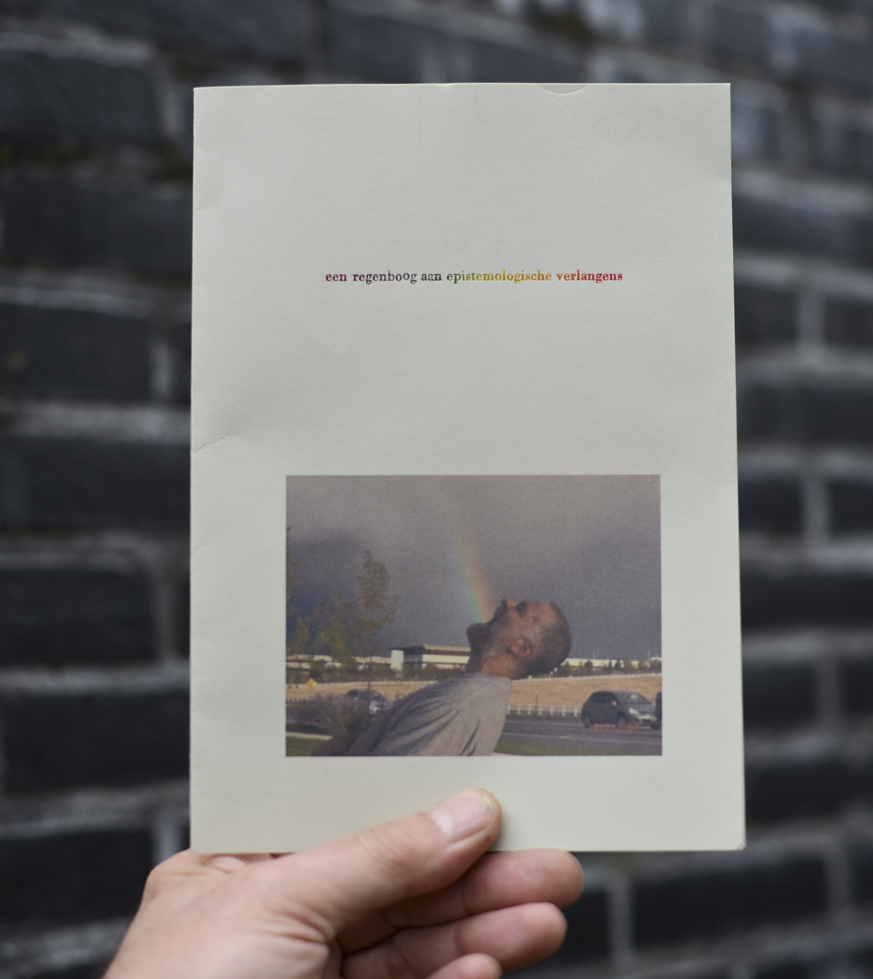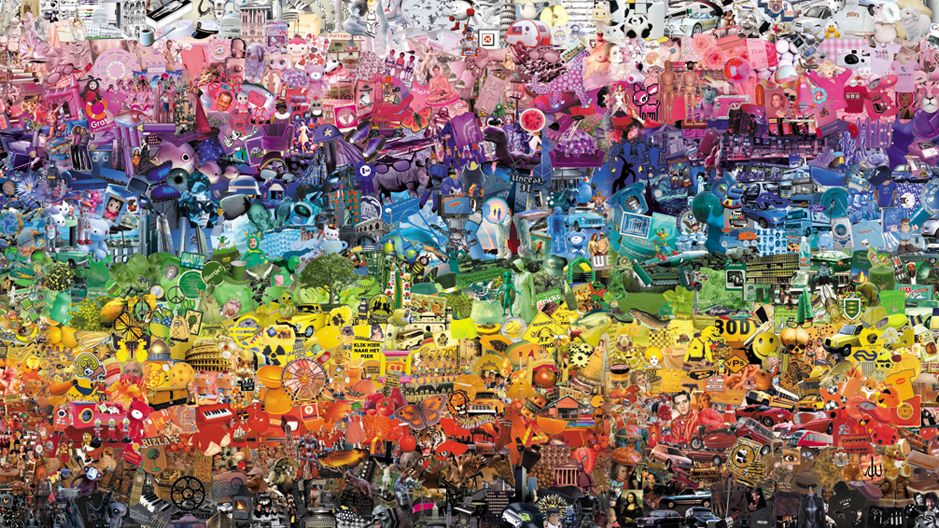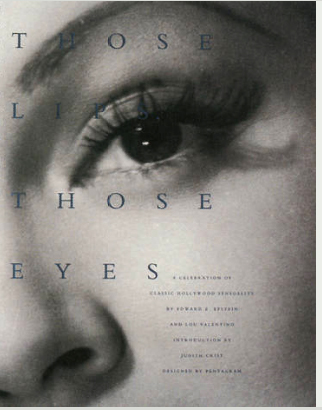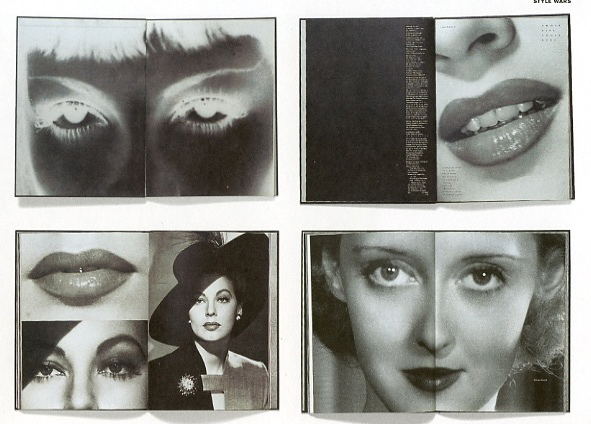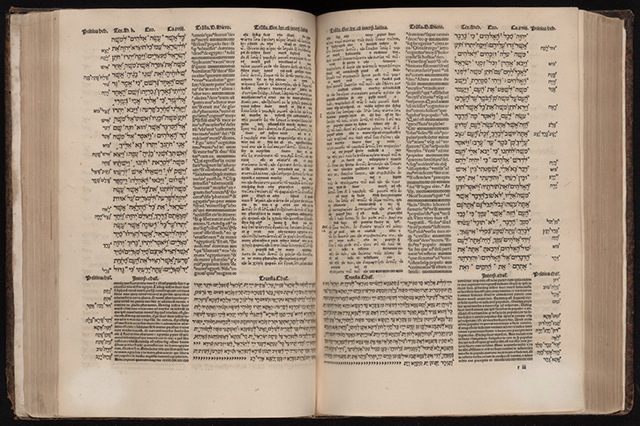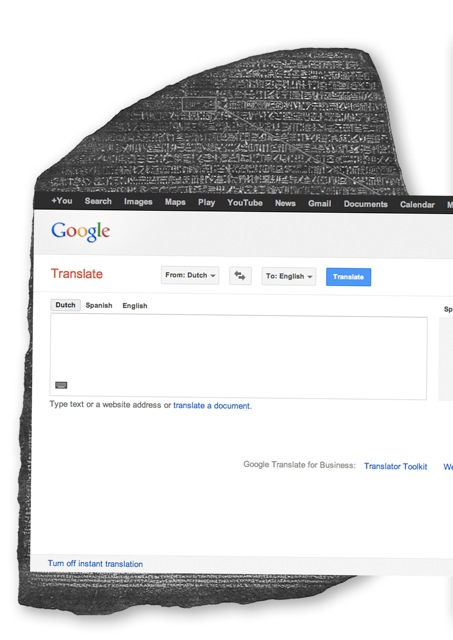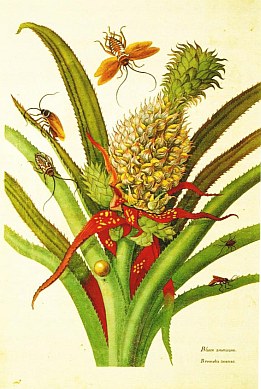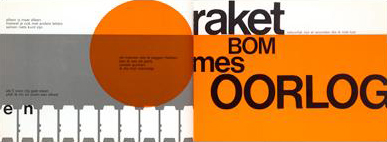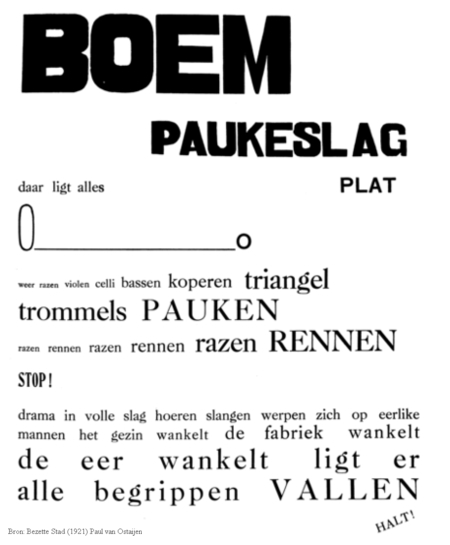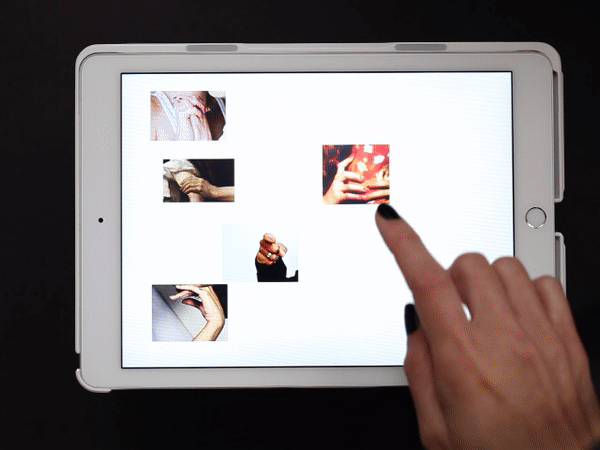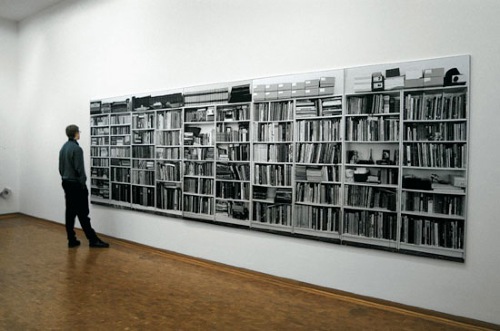The Nuremberg Chronicle 1493
Nurenberg Chronicle, from 1493 written in Latin by Hartmann Schedel and illustrated by Michael Wolgemut, is a biblical paraphrase (incunable), world known because of it’s impressive woodcut illustrations, and the impressive quantity of them, making it the most richly illustrated book of the incunable period.
I chose this book mainly because of the woodcuts, and their (religiøse fortællinger-ord?!) value. The illustrations were colored afterwards (mainly with watercolors and tints), by different artists, and I like the lightness of the colors, compared to the heaviness of the text-printing, which is dense and firmly detailed. The coloring makes the illustrations (subjects) more digestible and vivid. Still the illustrations are very strong and loaded with absurd, fairytale-like figures and settings.
The images work with the text in a very active way, and has almost more importance/prevalence then the text itself, that gives the book a more artistic and aesthetic value, than only the literary value. It reminded me of the fist comic books.[x]
The fact that the images are so strong and prominent made me think in the beginning, that the book in it’s time, the 15th century, was somehow not elitist, as was the case in general for books- if one couldn’t read, there was no access to the content. With so many images, the book invites the illiterate to understand the stories and messages. But on the other hand, the book must have been such a luxury, so only some certain groups of society had access to it. Though the Chronicle was also published shortly after the Latin version, in a German one, what might have spread the notion of it in the countries closer connected to the German language. I would have liked to have an impression of how approachable the text might have been, compared to the immediateness of the images.
So, I made my choice by instinctively being attracted to this (both imagery and textual) classical, mastodon piece of historic religious literature.
post by Francesca Burattelli


